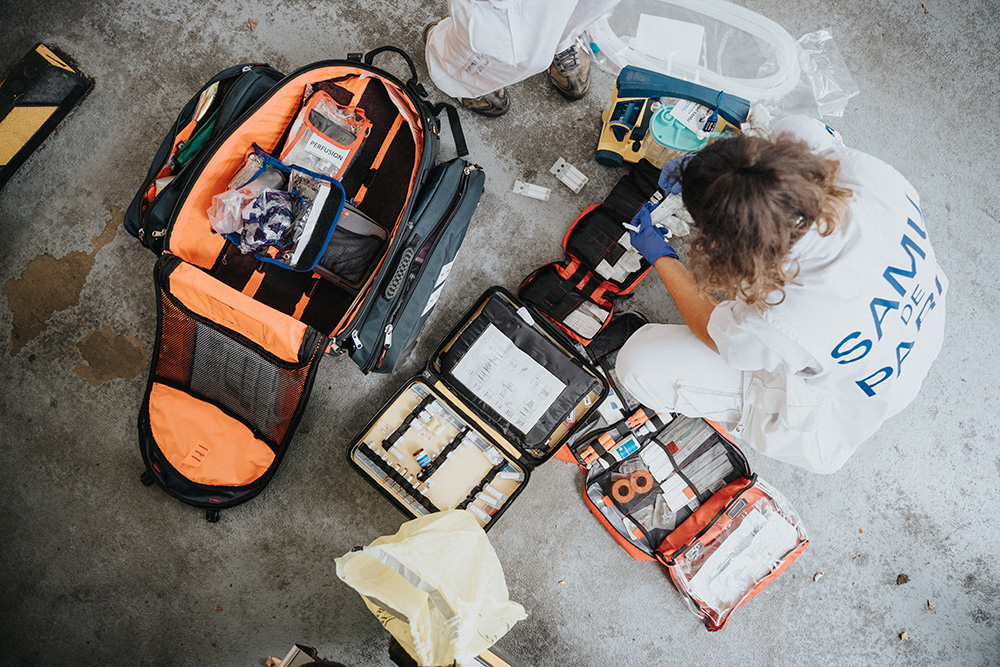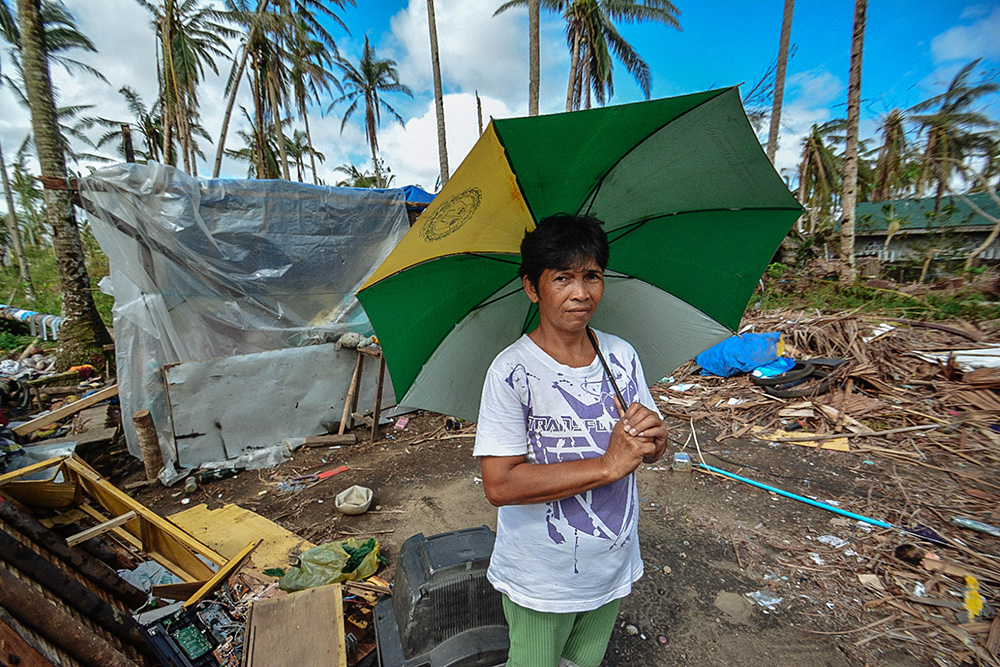When natural disasters strike, it is often the most vulnerable populations that are affected first and foremost. This can include populations in urban areas where access to resources and safety are already somewhat scarce. In the worst cases, these populations are left struggling with the long-term consequences of these catastrophes.
To meet their various needs, an effective response is needed. This is where the role of humanitarian aid becomes so important.
In this blog post, we’ll break down the role of humanitarian aid and explore how it works as part of the urban disaster risk management framework. We’ll also mention how specialized software can add more value to a city’s resilience in responding to disasters and catastrophes.
Humanitarian Aid and Urban Resilience
Humanitarian aid is a type of public action under international humanitarian law that provides economic, medical, and other support to civilian populations in times of cataclysmic events. It aims to provide immediate relief and rescue, while also aiming to create long-term sustainable solutions.

A brief history of humanitarian aid
The concept of humanitarian aid has been around for several decades, originating in the late 19th century.
The current concept of humanitarian aid, increasingly practiced today, is derived from the guiding principle of ‘the responsibility to protect’ endorsed by the United Nations General Assembly in 2005.
This concept rests on the argument that states have an obligation to safeguard the lives, rights and security of populations in situations of vulnerability. In order to ensure protection against violence and distress in vulnerable communities, public action under international humanitarian law is necessary.
Humanitarian aid seeks to accomplish this goal by providing supplies and support including emergency shelter and food distributions as well as longer-term initiatives that promote community development projects and strengthen emergency preparedness measures.
The importance of humanitarian aid in responding to disaster
Humanitarian aid is used across the world and is essential in sustaining the lives of those affected by natural disasters and other catastrophes.
It is carried on by organizations such as the United Nations High Commissioner for Refugees and supported at a local level by a range of smaller entities dedicated to supporting affected communities. This includes local governments, NGOs, grassroots initiatives as well as private sector organizations who are committed to providing support for those affected by disasters.
Humanitarian aid comprises the provision of supplies, services, and support to populations in order to mitigate the loss of life and suffering and promote developments in long-term recovery processes.
Humanitarian Aid in Disaster Response and Recovery

Humanitarian aid plays a crucial role in urban resilience actions such as response and recovery from disasters.
The provision of emergency services, infrastructure, and supplies is integral to stabilizing vulnerable communities which may have been impacted by the occurrence of an extreme event, such as the destruction of housing and basic services or the displacement of a large portion of the population.
Humanitarian aid provides both immediate relief as well as long-term support for those affected by disasters, through initiatives such as:
- food distributions and shelter
- psychosocial support
- medical aid and public health services
By providing a variety of interventions geared towards responding to the physical, psychological, social, and economic disruptions caused by a disaster, humanitarian aid enables those affected to access necessities that may become inaccessible during a crisis or in their initial stage of recovery.
Humanitarian aid is also used in post-disaster recovery processes by helping to rebuild damaged infrastructure, promoting community resilience initiatives, engaging with affected communities, and assisting in the development of physical and strategic plans to reduce future disaster risk.

Urban resilience actions depend significantly on the capacity of local communities to collaborate with local aid organizations. Thus, it is important that humanitarian aid not only focuses on providing immediate aid to those affected but also serves to engage with local communities and explore sustainable solutions that address root causes before they arise.
By providing early support that encourages more resilient approaches to city rebuilding, risk reduction efforts undertaken by humanitarian organizations can ensure that cities are better prepared for any future disasters that may occur.
Final Thoughts
In conclusion, humanitarian aid plays a critical role in city resilience and disaster risk management strategies. By providing immediate relief and longer-term support to communities affected by disasters and catastrophes, humanitarian aid helps to stabilize these vulnerable populations.
Through specialized software and other interventions, such as food distribution, psychosocial support, and medical aid, cities can be better prepared for more resilient approaches to coping with disasters in the future.
Therefore, humanitarian aid is a vital component of urban resilience and should be supported at all levels in order to ensure that people have access to the resources they need when these extreme events occur.

